Premium chocolate venture brings benefits to DRC’s cacao farmers
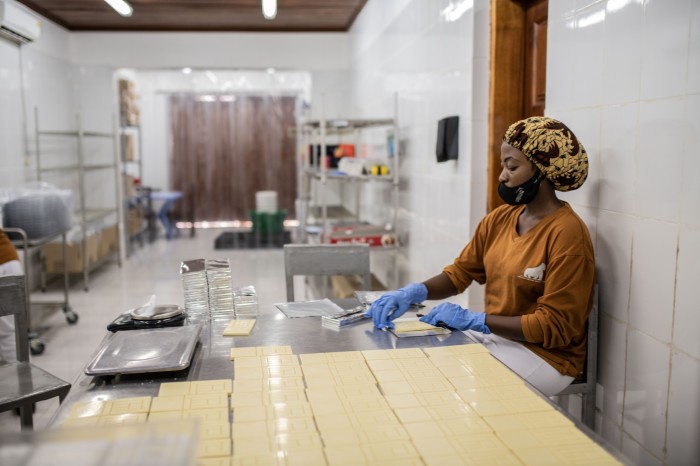
Roula Khalaf, Editor of the FT, selects her favourite stories in this weekly newsletter.
At the agribusiness facility in Mutwanga, a Congolese village in the foothills of the Rwenzori mountains, bordering Uganda, chocolate is a deadly serious business.
Heavily armed park rangers from the adjacent Virunga National Park guard fermenting cocoa beans that are to be processed on-site at the Virunga Chocolate factory — one of only two in the Democratic Republic of Congo.
A joint venture between the park and Belgian celebrity chocolatier Dominique Persoone, the factory began operating in late 2019 with an initial investment of $300,000 from Swedish philanthropic foundation The World We Want. “This is Congo’s first industrial chocolate of international quality that is exported to Europe,” says Bastien Alard, managing director of Virunga Chocolate. “It is usually the opposite: Belgian chocolate being exported to Congo.”
The factory, which runs on hydroelectric power generated in the park, now produces about 1.5 tonnes of chocolate per month, or 15,000 bars, with total yearly sales of $250,000 in 2022, mainly in Europe. Next month, a new production line will expand capacity tenfold by also making cocoa powder and butter, as well as pralines and chocolate-coated coffee beans — all on the edges of a park that is threatened by rebel groups and surrounded by a growing, mainly farming, population of 4mn.
“All profits from the chocolate are reinvested into the conservation of the park and the surrounding communities,” says Dimitri Moreels, who, like Persoone, is a shareholder in Virunga Chocolate. How the money is spent — usually on infrastructure — is decided by local people, he adds. “We link sustainability and biodiversity conservation to the economic development of the communities.”
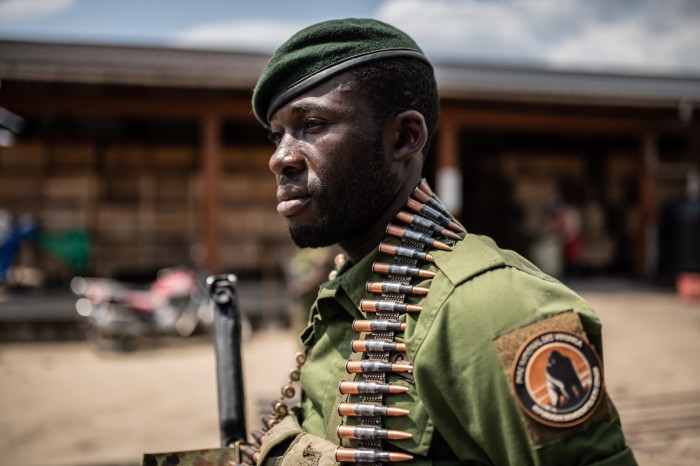
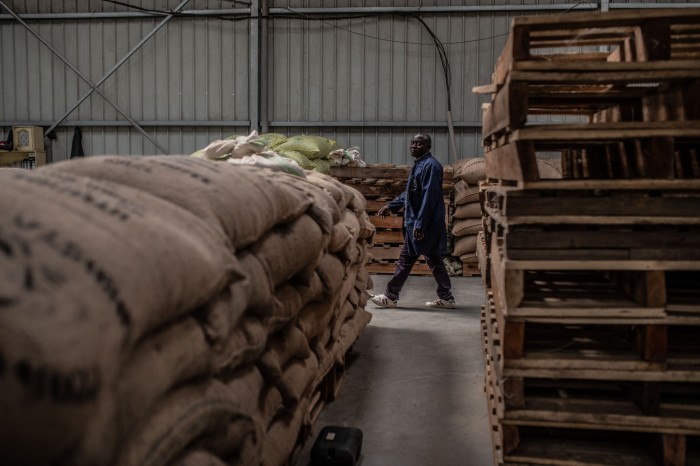
All the world’s cocoa is produced in the area of land between the tropics — and Virunga, which straddles the equator, lies in the middle of that zone. According to Moreels — who also runs Copak, a company that cultivates, processes and exports agricultural products from the region — eastern Congo is now one of the fastest-growing cacao-producing areas in the world. “Twenty years ago, eastern Congo was producing zero cocoa,” he says. “Today, the area is exporting almost 50,000 tonnes a year.”
Persoone says that Congolese farmers produce a variety called Trinitario, which is prized by connoisseurs for its rich flavour. “We are very happy with what we have in Virunga,” he says. “We are producing very good quality chocolate.”
A problem is that the area is a stronghold of the Allied Democratic Forces, or ADF, an Islamist extremist group linked to Isis, which is accused of raiding local farmers. Its violent tactics enable it to “steal cocoa and smuggle it into Uganda, where [it] is resold as Ugandan cocoa”, says Emmanuel de Merode, the Belgian who is the director of Virunga, Africa’s oldest national park, and home to endangered mountain gorillas.
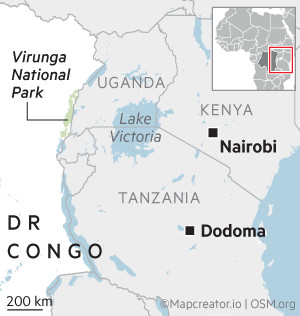
“Congo produces one of the best cocoas in the world. . . but the added value of this cocoa is felt in neighbouring countries, and very little of that value is retained for the Congolese in Congo,” he says. “It’s an unacceptable situation that we are trying to turn around through a constructive approach: build Congolese industry, provide employment, provide expertise so that all this transformation [into higher-value products] takes place here in Congo.”
The beans, which have organic, Rainforest Alliance and Fairtrade certification, are grown by some 6,000 small-scale farmers, who are members of co-operatives. Without cutting down trees, they produce about 400kg of cocoa beans per hectare per year with no synthetic pesticides or fertilisers. About 1,000 of the farmers live within a 20km radius of the cocoa fermentation centres, which are managed by the communities for a fee.
Since last year, the beans have also been stamped Cacao-Trace, a sustainable cocoa verification standard run by Puratos, a Belgian food company. Cacao-Trace monitors three fermentation centres in the area and pays a premium of 10 euro cents per kilo of chocolate sold to the cocoa farmers’ community for development projects.
“The whole point of the fermentation centre is to make sure that the farmer who delivers the fresh beans is paid fairly and to provide quality and traceability to those beans,” says Raphael Audoin-Rouzeau from Puratos.
Certifications also act as a deterrent for farmers who might be tempted to plant secret crops inside the vast park or divert cocoa to armed groups, because they mean the farmers get more money. “We buy cocoa from farmers at a higher than market price because we buy cocoa that is certified several times, so all these premiums add up,” says Alard.
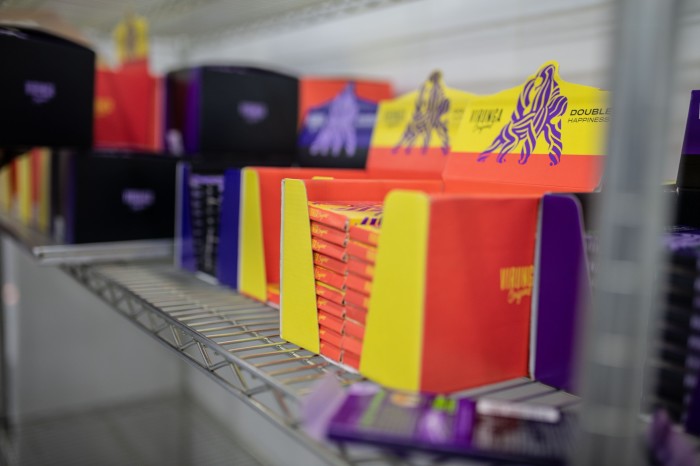
Laurent Kambere Mwansamu, who has produced cocoa for three decades and now sells to Virunga through a co-operative, has reaped appreciable benefits. “There has been a big change in the life of cocoa producers like myself,” he says. “My entire production now goes to Virunga, they built us fermentation centres for our cacao to be appreciated on the international market so we get paid more.”
Although at a small scale, that differentiates the DRC initiative from many business models in the Ivory Coast and Ghana. These two countries produce nearly two-thirds of the global supply of cocoa — the main ingredient in a chocolate industry worth more than $100bn a year in sales — but the crop’s producers earn only a fraction of the value secured overseas by chocolate manufacturers.
“The farmers are producing cocoa and we support them so they can grow their revenue,” says Roger Marora, the in-house Congolese chocolatier who was trained by Persoone. “When we get cocoa from them, we process it from ‘bean-to-bar’ right here.”
His fellow workers echo that view. “The future of this area lies in this chocolate factory,” says Noella Kavugho Nyonyi, as she packs bars of white chocolate alongside some of the widows of the park rangers who died protecting the park. “It is good for those who eat it, it is good for the park, it is good for the community.”
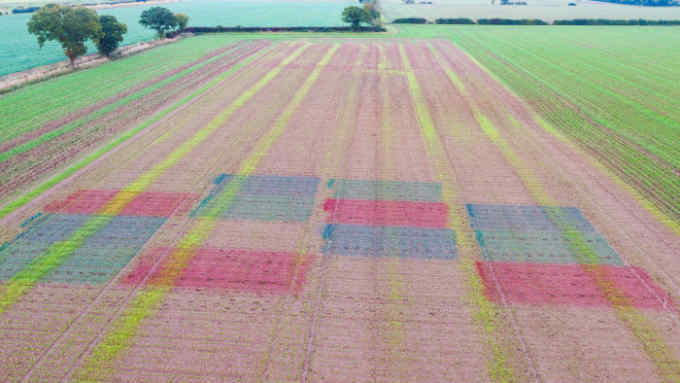
Comments